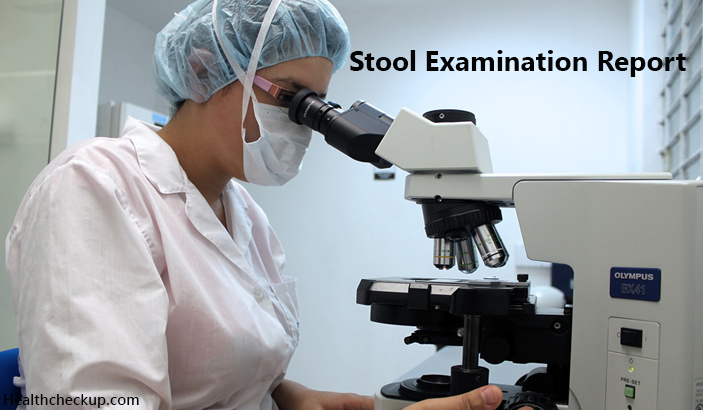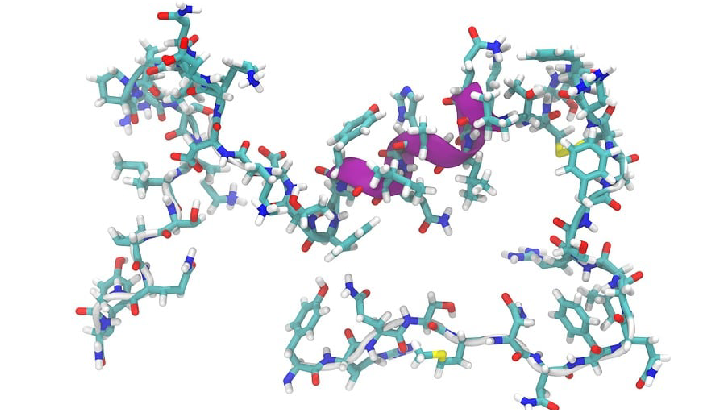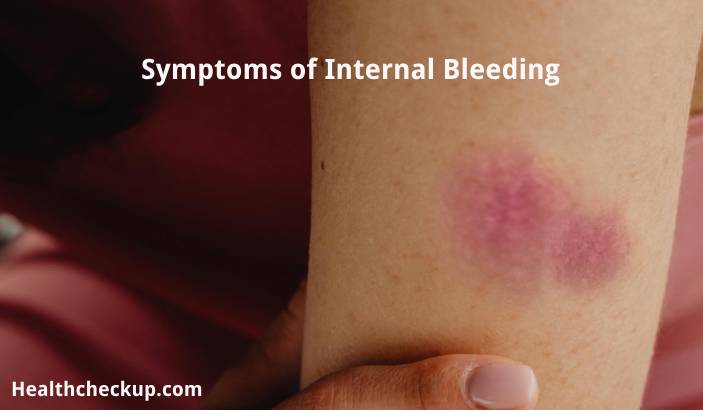A stool analysis is ordered by a doctor if a person is facing stomach problems. The stool examination report is used to diagnose any conditions affecting the digestive tract such as infection from parasites, viruses or bacteria, poor nutrient absorption and cancer.
A stool is the solid waste product of digestion. It may vary in colour, texture, amount and odour depending on your diet and general health. Considerable changes in the appearance and composition of the stool will provide important information about your digestive health. The stool is generally tested in the lab to examine what is wrong with your digestive system.
What is a Stool Test?
A stool test involves the collection and laboratory examination of a patient’s stool. The test is conducted to help diagnose the presence or absence of a disease. A sample of your stool is collected for the test, and the sample is sent to the laboratory for microscopic examination and other chemical and microbiological tests to be conducted on it.
Why is the Stool Test Done?
A stool test is conducted to:
- Help diagnose any disease of the digestive tract, the liver or the pancreas. The evaluation of enzymes such as elastase and trypsin present in the stool may help gauge the functioning of the pancreas.
- Assist in finding the cause of symptoms affecting the digestive tract such as prolonged, uncontrolled diarrhea, bloody diarrhea, nausea, vomiting, feeling of bloating, fever, and abdominal pain and cramping.
- Screen the patient for colon cancer by looking for occult blood.
- Check for malabsorption syndrome
- Recognize the cause of a digestive tract infection such as virus, bacteria or fungus.
Preparing for Stool Test
Many medicines can change the results of the stool test, and you will need to avoid these medicines for 1 to 2 weeks before undergoing the test. These medicines include antibiotics, antiparasite medicines, anti-diarrheal medicines, antacids, laxatives, and Nonsteroidal Anti Inflammatory Drugs (NSAIDs). Also, inform your doctor about any prescription or non-prescription drugs you are taking.
It is also important to inform your doctor if you have recently travelled out of the country, so the doctor can check for parasites, fungi, viruses or bacteria that may be causing the disease.
If your stool is being checked for blood, you will be asked to avoid certain foods for at least 2 to 3days before the sample is collected. Also, opt out of the test if you are having active bleeding due to menstruation or haemorrhoids.
How is the Stool Sample Collected?
The stool sample may be collected in the doctor’s office in a plastic container that is inserted under the toilet seat or in a bedpan. But, if more than one sample needs to be collected over a period of 1 to 3 days, then the doctor will provide you with a stool collection kits to use each day.
You will have to Follow these Directions to collect the Stool Samples each day
- Urinate before collecting the stool sample to ensure no urine is mixed with the stool.
- Put on gloves before collecting the stool, and wash your hands thoroughly after removing the gloves to avoid any infection caused by the spread of germs.
- Do not collect the stool sample from the toilet bowl.
- Do not mix toilet paper, water, or soap with the stool sample.
If the stool sample is being collected for quantitative fats, you will have to collect samples for 3 days in a row. And if you have digestive symptoms after travelling outside the country, then you will be required to collect several stool samples over 7 to 10 days.
How Long does it Take for the Lab to give the Stool Test Results?
The time taken by the lab to furnish the stool examination report depends on the kind of test recommended by the doctor. Usually, you are able to get the report within 1 to 2 days.
Understanding the Stool Examination Report
There are many conditions that may affect your digestive tract and produce abnormalities in the stool. Your doctor can diagnose the gastrointestinal disease that is troubling you just by analysing changes in the sample’s colour, its consistency, pH and the presence of mucus, bile, sugar, fat, blood, white blood cells etc. As mentioned earlier, the evaluation of certain enzymes in your stools can be an indicator of the health of your pancreas.
Here are a few Characteristics of the Stool Sample that will Help the Doctor Diagnose the Disease:
1. Colour
The normal colour of the stool is considered to be light to dark brown. If the stool appears yellow, it indicates the malabsorption of fat, Gastroesophageal reflux disease, or GERD, cholecystitis or gallstones. If yellow stool persists for many days and is accompanied by other characteristic symptoms, it could indicate liver disorders.
Whenever the stool appears green, it may be indicative of a bacterial or parasitic infection. If the stool is black, it may be due to iron supplements or bleeding in the upper gut. Violet/purple stool indicates porphyria.
2. pH of the Stool Sample
The normal reference range for the stool pH is 6.5 to 7.5. If the stool is acidic, i.e., the pH is below 5.5. It indicates poor absorption of carbohydrates or fat by the body or lactose malabsorption. If the stool is alkaline, i.e., the pH is greater than 7.5. It could be due to colon inflammation, colon cancer or antibiotic use.
3. Blood, Fat, and Enzymes in the Stool
Conditions like ulcerative colitis, a tear in the rectum, hemorrhoids, anal fissures, colon cancer etc. cause blood to appear in the stool. If occult blood is found in the stool it may be due to bleeding in the gut. Further investigations will be needed to diagnose the cause of the bleeding. Normally, there is no fat in the stool. If fat is present, it may be due to celiac disease or pancreatitis.
High or very low levels of the enzymes trypsin and elastase in the stool indicate disease of the pancreas.
4. Stool Culture
Stool culture results may be positive or negative. A positive report suggests the presence of bacteria in the stool and a negative report suggests the absence of it.
These are only a few indicators of disease of the digestive tract. A full stool examination report carries more information that will give the doctor a fair idea of the disease responsible for the symptoms the patient is experiencing. Sometimes he may order further tests to arrive at the right diagnosis.
Medically Reviewed By

I am an experienced Medical/Scientific writer with a passion for helping people live a happy healthy life. My thirst for writing has followed me throughout the years – it is there when I wake up, lingering at the edges of my consciousness during the day, and teases me at night as I go to sleep.









